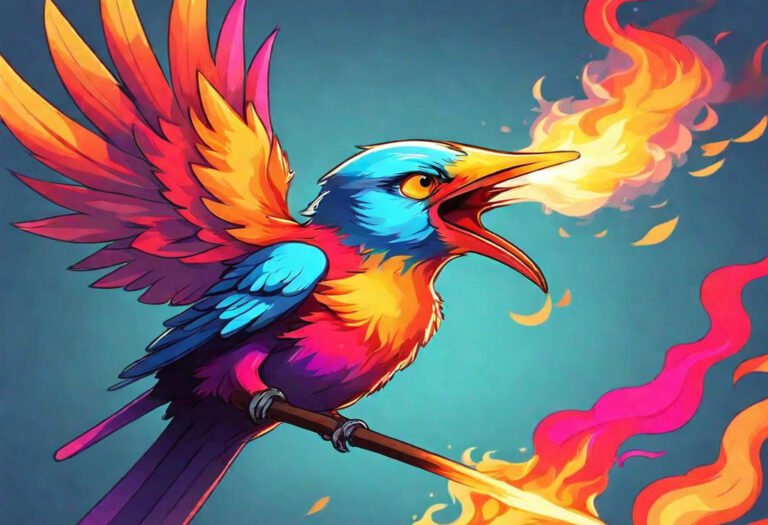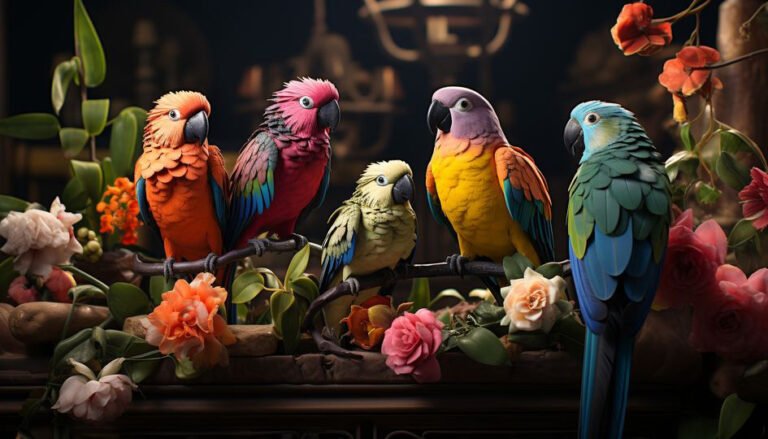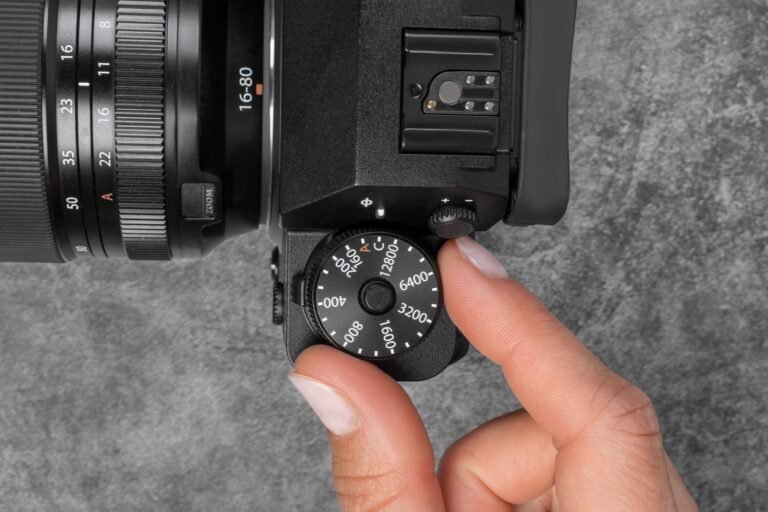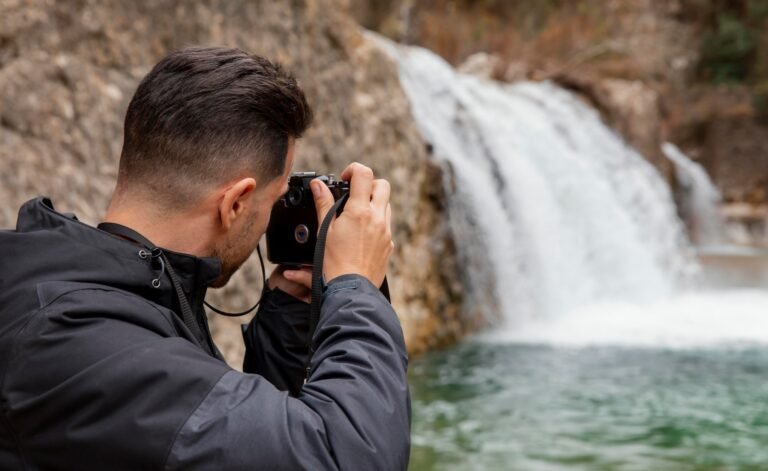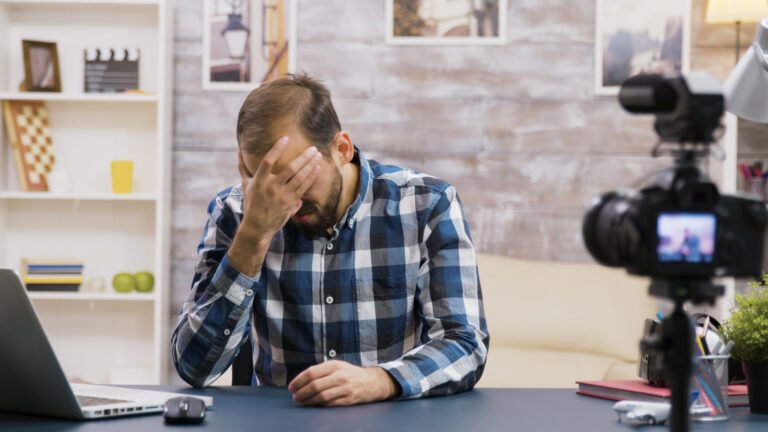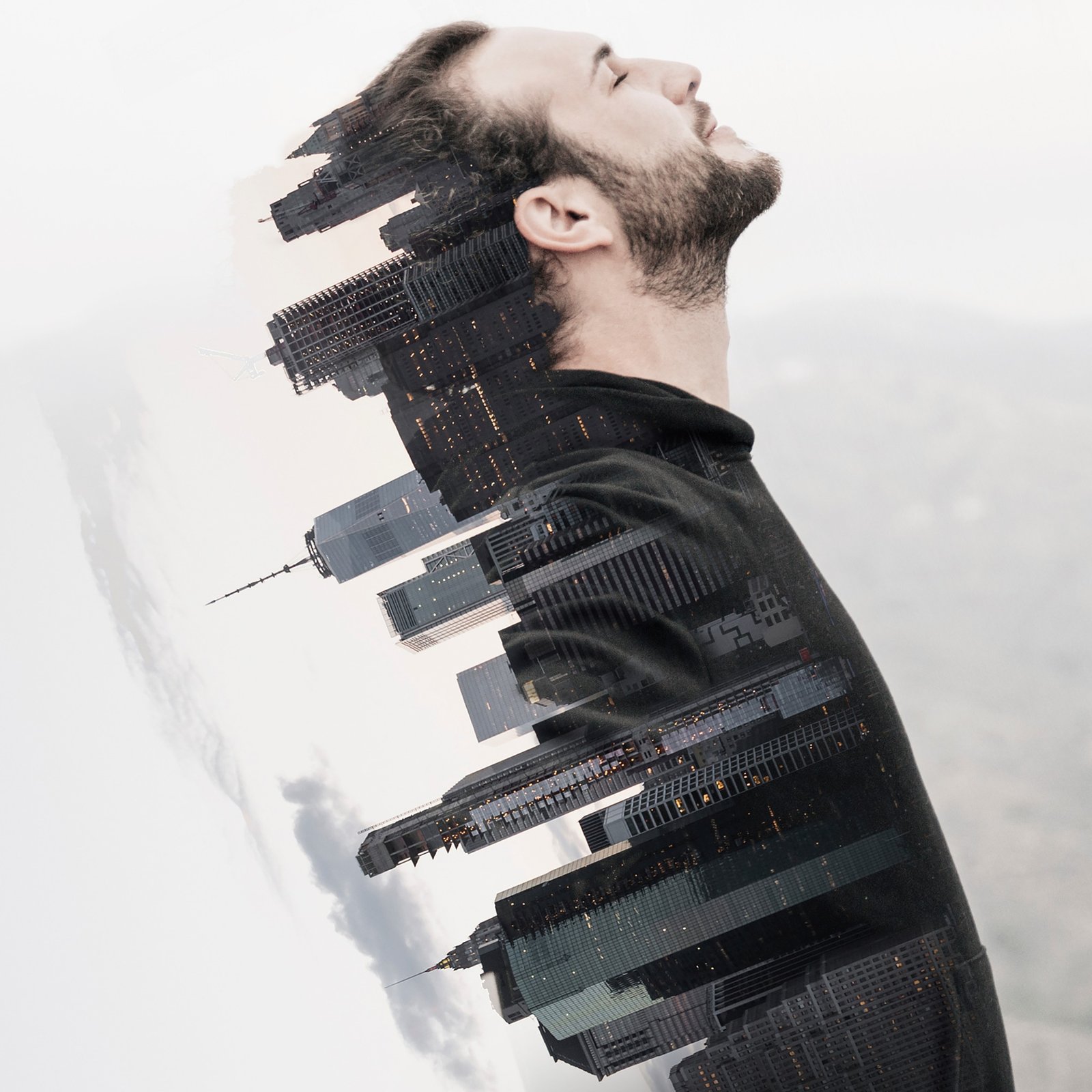
Creative photos using special exposure techniques
Taking creative photos using special exposure techniques involves exploring unique ways to manipulate light, time, and movement to achieve artistic effects. Here are several techniques you can experiment with to create visually compelling and creative photographs:
- Long Exposure Photography
– Definition: Long exposure involves using a slower shutter speed to capture stationary subjects sharply while blurring moving elements in the scene.
– Subjects: Waterfalls, rivers, traffic at night, star trails, and light painting are popular subjects for long exposure photography.
– Steps:
– Use a tripod to keep your camera stable.
– Set a low ISO (e.g., ISO 100) to reduce noise.
– Select a small aperture (e.g., f/8 or higher) to control depth of field.
– Experiment with shutter speeds ranging from a few seconds to several minutes, depending on the effect you want to achieve.
- Light Painting
– Definition: Light painting involves using handheld light sources (flashlights, LED sticks, sparklers) to illuminate specific parts of a scene during a long exposure.
– Steps:
– Set up your camera on a tripod and use a remote shutter release or self-timer to minimize camera shake.
– Choose a dark environment and a long exposure setting (e.g., 15-30 seconds).
– During the exposure, “paint” light onto your subject or background using your chosen light source.
– Experiment with different movements and intensities to create patterns and shapes.
- Double Exposure
– Definition: Double exposure combines two or more separate exposures into a single image, either in-camera or through post-processing.
– In-Camera Double Exposure:
– Some cameras offer a built-in double exposure mode where you can overlay two images in real-time.
– Choose contrasting subjects or scenes to create visually interesting combinations.
– Post-Processing Double Exposure:
– Merge two or more images using photo editing software like Adobe Photoshop or apps designed for double exposure effects.
– Adjust opacity, blend modes, and masking to blend the images seamlessly.
- HDR Photography (High Dynamic Range)
– Definition: HDR photography involves capturing multiple exposures of the same scene at different brightness levels and blending them to create an image with a broader range of tones and details.
– Steps:
– Set your camera to bracketing mode to capture multiple exposures automatically.
– Typically, you’ll take three exposures: one underexposed, one correctly exposed, and one overexposed.
– Merge these exposures using HDR software or in post-processing to reveal details in both shadows and highlights.
- Zoom Burst
– Definition: Zoom burst involves adjusting the focal length of your lens during a longer exposure to create a dynamic effect where the subject appears to burst or zoom into the frame.
– Steps:
– Set your camera on a tripod and frame your subject.
– Choose a longer exposure time (e.g., 1/4 to 1 second).
– While the shutter is open, zoom in or out quickly (or rotate the lens barrel) to create radial blur around your subject.
Tips for Creative Exposure Techniques:
– Use Manual Mode: Full manual control allows you to adjust shutter speed, aperture, and ISO precisely to achieve desired effects.
– Experimentation: Don’t be afraid to experiment with different techniques and settings to discover unique and unexpected results.
– Practice Patience: Special exposure techniques often require patience and multiple attempts to achieve the desired effect, so be prepared to experiment and learn from each shot.
By exploring these special exposure techniques and practicing regularly, you can add a new dimension of creativity to your photography, capturing scenes and subjects in ways that go beyond traditional methods. Allow yourself to experiment, learn from your results, and refine your skills to develop your own distinctive style in photography.

